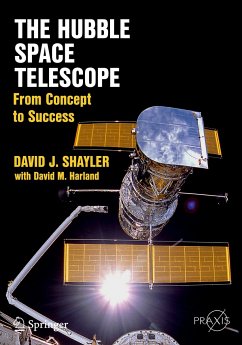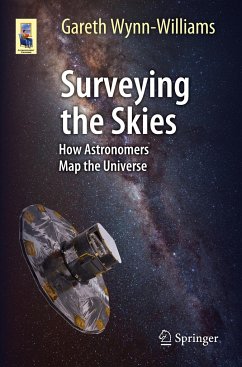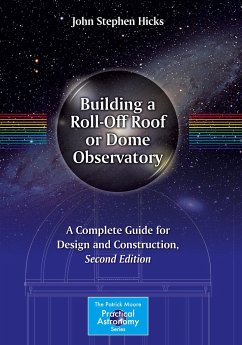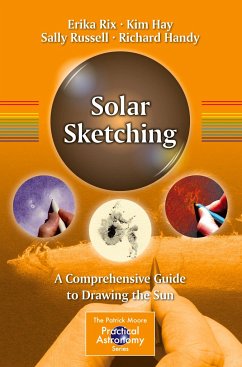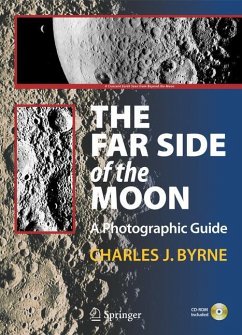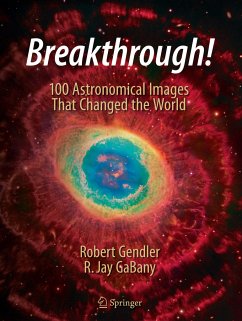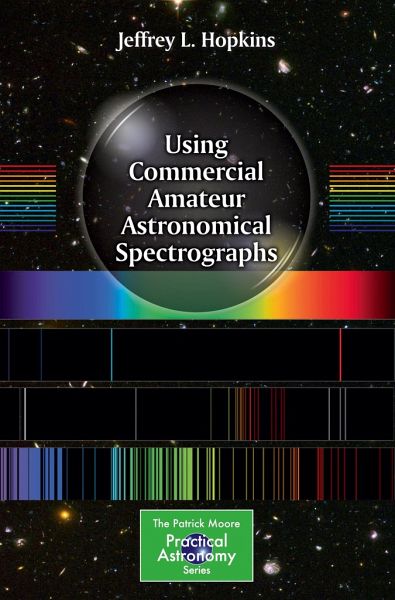
Using Commercial Amateur Astronomical Spectrographs

PAYBACK Punkte
15 °P sammeln!
Amateur astronomers interested in learning more about astronomical spectroscopy now have the guide they need. It provides detailed information about how to get started inexpensively with low-resolution spectroscopy, and then how to move on to more advanced high-resolution spectroscopy. Uniquely, the instructions concentrate very much on the practical aspects of using commercially-available spectroscopes, rather than simply explaining how spectroscopes work.The book includes a clear explanation of the laboratory theory behind astronomical spectrographs, and goes on to extensively cover the prac...
Amateur astronomers interested in learning more about astronomical spectroscopy now have the guide they need. It provides detailed information about how to get started inexpensively with low-resolution spectroscopy, and then how to move on to more advanced high-resolution spectroscopy. Uniquely, the instructions concentrate very much on the practical aspects of using commercially-available spectroscopes, rather than simply explaining how spectroscopes work.
The book includes a clear explanation of the laboratory theory behind astronomical spectrographs, and goes on to extensively cover the practical application of astronomical spectroscopy in detail. Four popular and reasonably-priced commercially available diffraction grating spectrographs are used as examples. The first is a low-resolution transmission diffraction grating, the Star Analyser spectrograph. The second is an inexpensive fiber optic coupled bench spectrograph that can be used to learn more about spectroscopy. The third is a newcomer, the ALPY 600 spectrograph. The fourth spectrograph considered is at the other end of the market both in performance and cost, the high-resolution Lhires III. While considerably more expensive, this is a popular and excellent scientific instrument, that allows more advanced amateur astronomers to produce scientifically valuable data.
With all of these tools in place, the amateur astronomer is well-prepared to forger deeper into the night sky using spectroscopy.
The book includes a clear explanation of the laboratory theory behind astronomical spectrographs, and goes on to extensively cover the practical application of astronomical spectroscopy in detail. Four popular and reasonably-priced commercially available diffraction grating spectrographs are used as examples. The first is a low-resolution transmission diffraction grating, the Star Analyser spectrograph. The second is an inexpensive fiber optic coupled bench spectrograph that can be used to learn more about spectroscopy. The third is a newcomer, the ALPY 600 spectrograph. The fourth spectrograph considered is at the other end of the market both in performance and cost, the high-resolution Lhires III. While considerably more expensive, this is a popular and excellent scientific instrument, that allows more advanced amateur astronomers to produce scientifically valuable data.
With all of these tools in place, the amateur astronomer is well-prepared to forger deeper into the night sky using spectroscopy.





